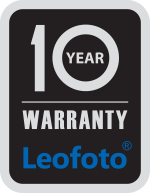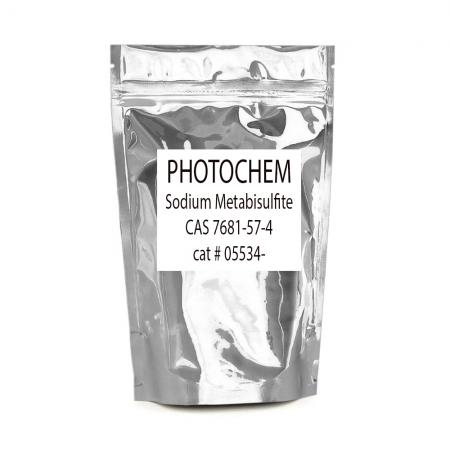|
PHOTOCHEM Sodium Metabisulfite per 500gm (05534-0500)
Sodium Metabisulfite (chemical formula: Na₂S₂O₅) is a white, crystalline powder with a sharp sulfur smell. It is commonly used as a preservative, antioxidant, and reducing agent in food, wine-making, and laboratory settings. In photography, sodium metabisulfite is used primarily as a preservative and anti-oxidant in developer and fixer solutions. It helps prevent the oxidation of key developing agents, such as Metol and Hydroquinone, thereby extending the life and effectiveness of photographic chemicals. It is also used in acid stop baths and clearing baths, particularly in black-and-white processing. Its stabilizing properties make it essential in maintaining solution consistency and image quality, especially during long darkroom sessions or when storing mixed chemicals for extended periods.
No specifications for this product. No accessories for this product. |
  |
||||||
ECommerce Integration by Yart
(Packing, handeling and shipping charges have been incorporated in the cost of these goods)
Today we are offering free freight in Australia on this product.Small items will ship via Australia post. All other products will ship via road freight or local couriers.This is a limited offer and subject to change at any time.
For Lab service products the return post or freight has been incorporated in the price and for Drop box only services there is NO freight applicable.
Close


















